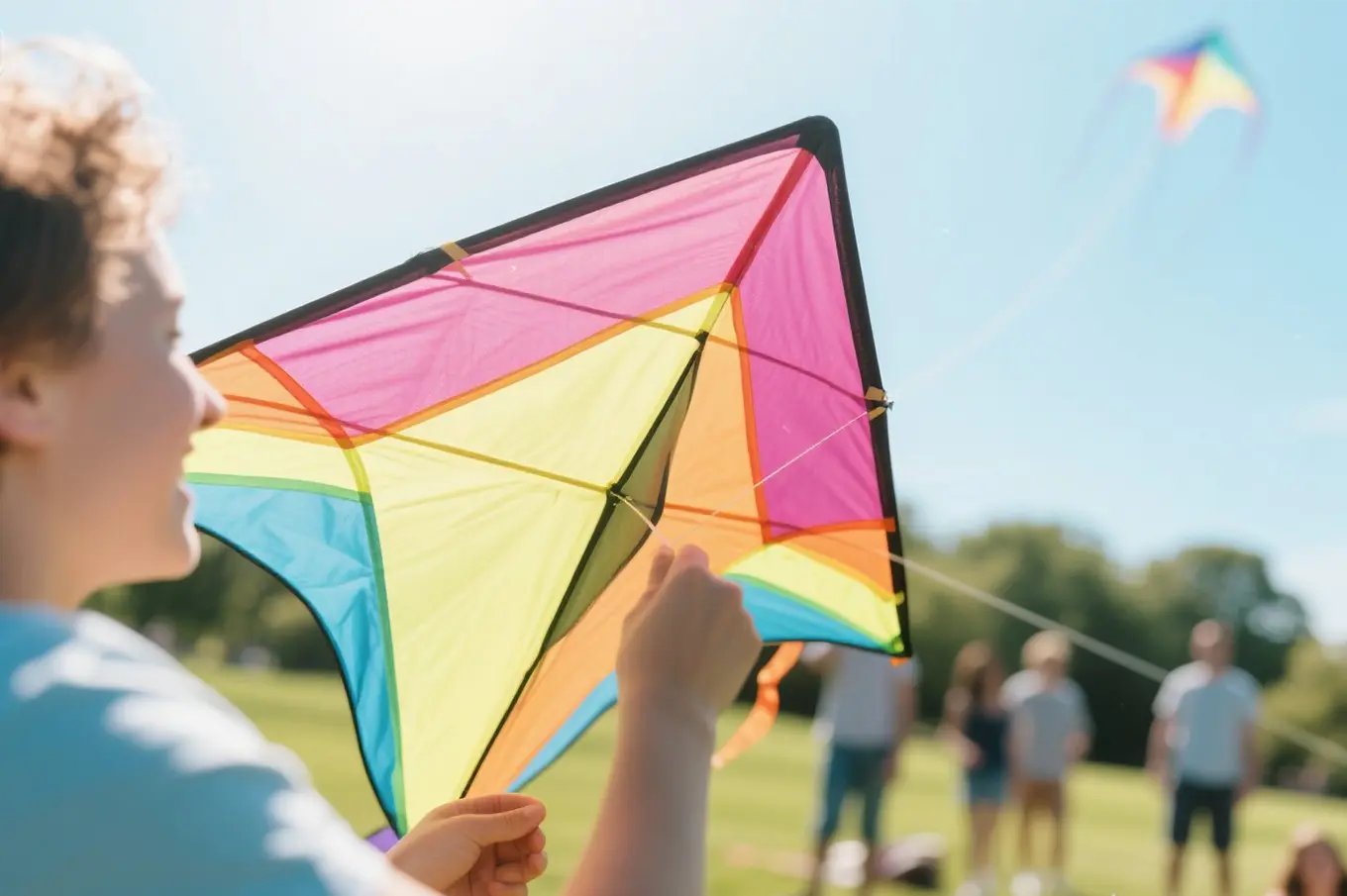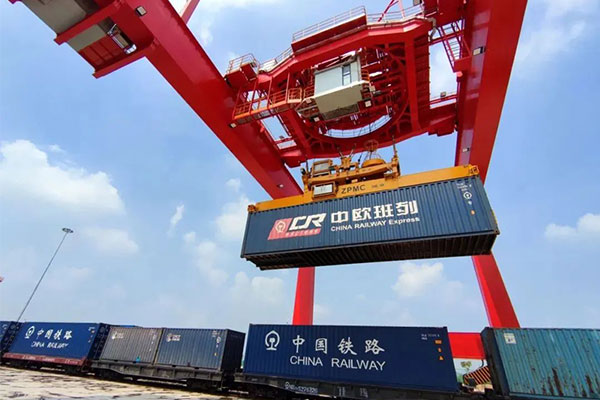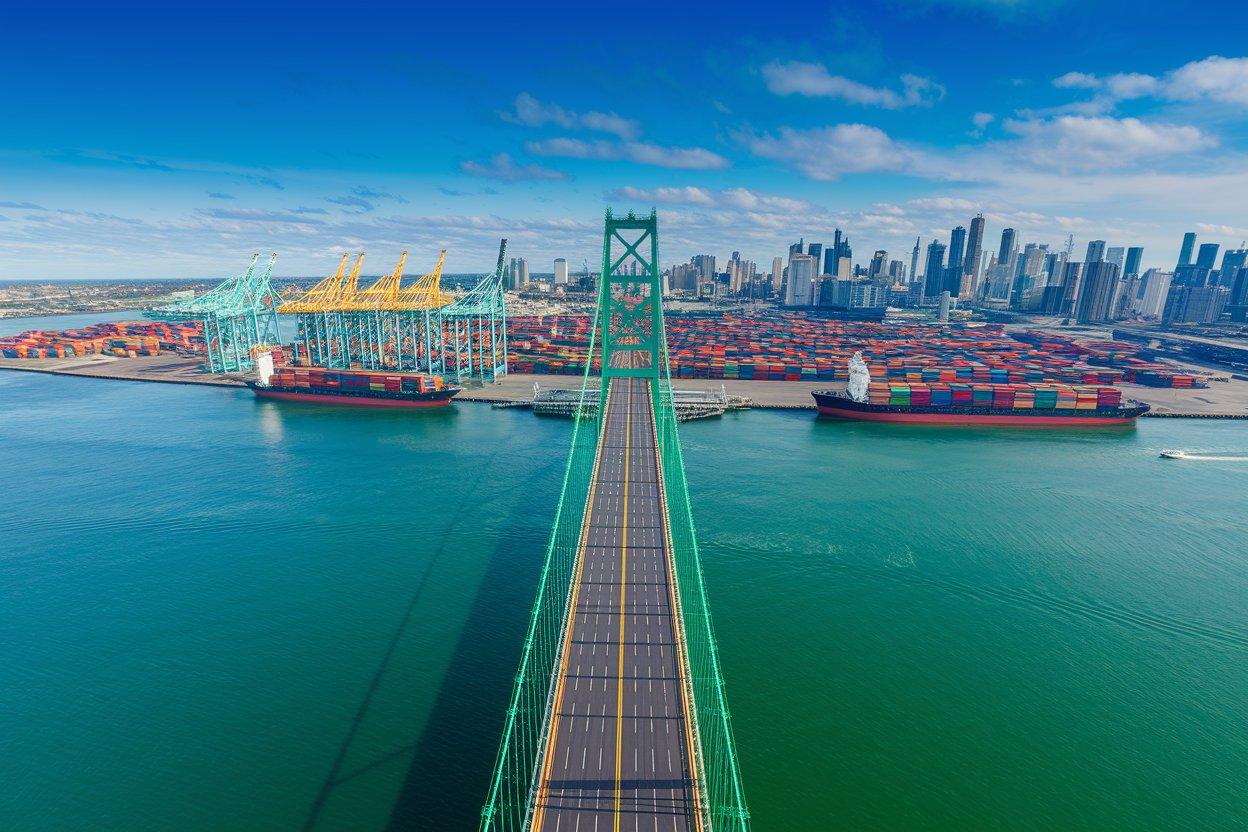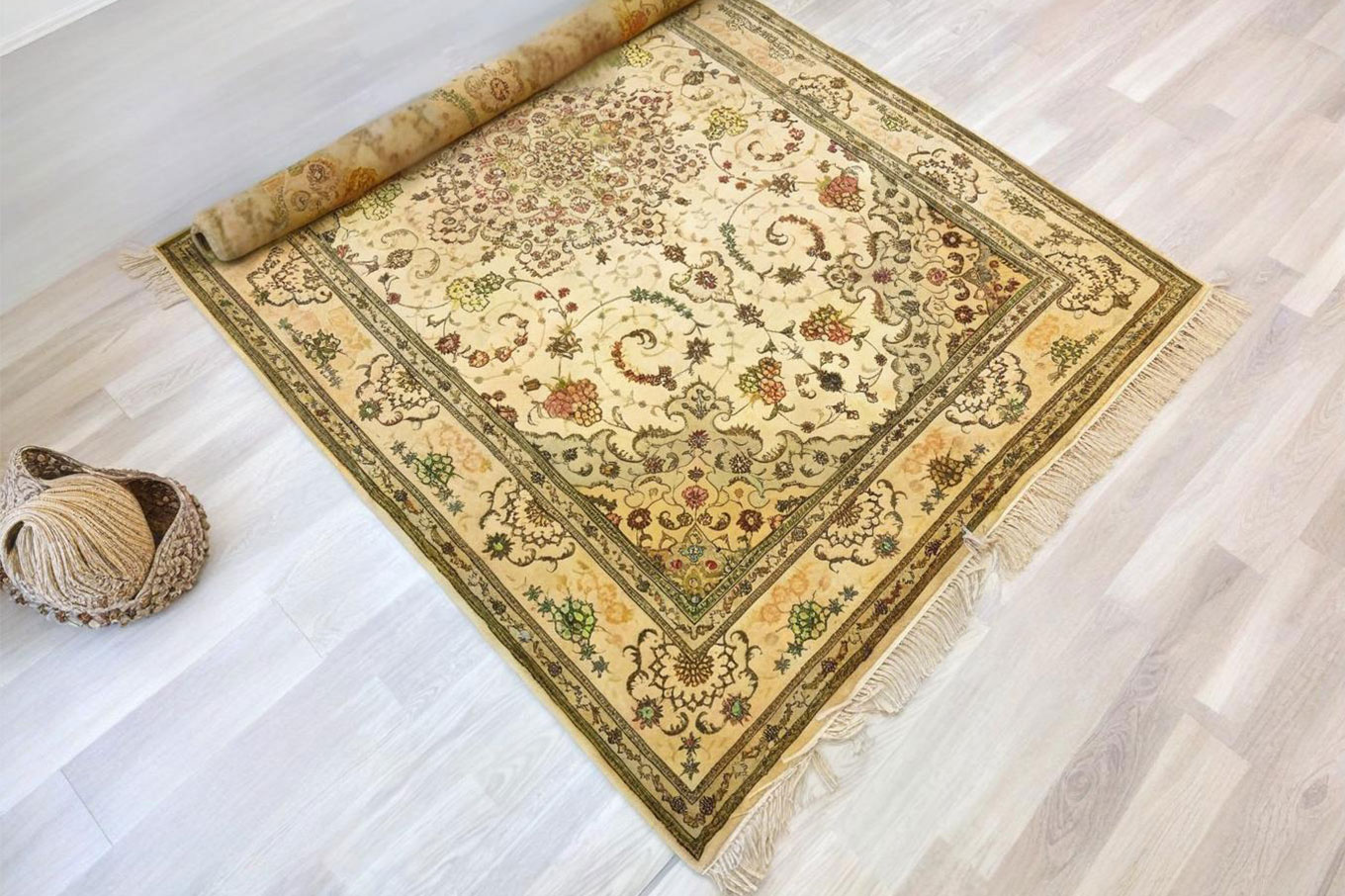- Shanghai Zhongshen International Trade Co., Ltd. - Two decades of trade agency expertise.
- Service Hotline: 139 1787 2118
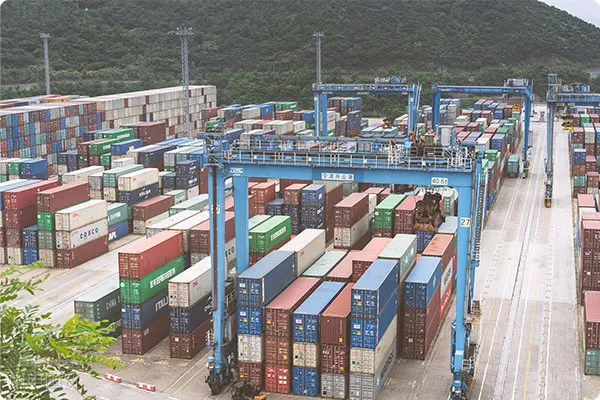
To export lighting fixtures to Russia, multiple requirements must be met.
I. Product Certification
EAC certification
- EAC certification is mandatory for product circulation in the Eurasian Economic Union (EAEU) market, of which Russia is a member. For lighting products, EAC certification covers safety, electromagnetic compatibility, and other critical aspects.
- Regarding safety standards, lighting fixtures must meet requirements such as fire prevention and electric shock protection. For example, fixture housing materials should have certain fire-resistant properties to prevent overheating-induced fires. Circuit designs must ensure users dont suffer accidental shocks, with proper insulation and secure wiring connections.
- For electromagnetic compatibility, fixtures must not generate excessive interference affecting other electronics while maintaining anti-interference capabilities. For instance, LED drivers require rigorous testing to ensure they dont disrupt nearby radios or TVs during operation and can function normally under external electromagnetic interference.
2. GOST-R Certification (may still be required in certain cases)
- Although EAC certification is becoming mainstream, GOST-R certification might still be needed for specific projects or by longstanding clients. GOST-R covers multiple dimensions like quality and performance standards. For example, fixtures must meet GOST-R standards for luminous intensity and color rendering index.
II. Product Packaging Requirements
Language Labeling
- Packaging must include Russian labeling with basic information like product name, model, wattage, voltage range, manufacturer details, etc. For example, clearly marking Светильник (lighting fixture) alongside model numbers like Модель - XYZ.
- Safety warnings are also required, such as Внимание! Не прикосноваться к розетке с влажными руками (Warning! Do not touch sockets with wet hands) to ensure user safety.
Packaging Quality
- Packaging must withstand transportation stresses. Fragile fixtures, especially glass or precision electronic components, require robust materials like thick foam padding inside sturdy cartons to prevent damage during long-haul shipping to Russia.
III. Trade Documentation
Commercial Invoice
- Commercial invoices must detail fixture specifications, quantities, unit prices, and total values for accurate customs valuation. For example, clearly stating 100 LED ceiling lights at $10 each, totaling $1,000.
Bill of Lading
- Bills of lading must accurately list shipper, consignee, ports of origin/destination, and cargo descriptions. For instance, correctly naming a Chinese manufacturer as shipper and a Russian distributor as consignee with full addresses.
3. It is recommended to verify through the following methods:Technical data
- Certificates of origin prove manufacturing location, helping Russia determine tariff preferences under trade agreements. For Chinese-made fixtures, Chinese authorities issue certificates attesting to Made in China status.
IV. Product Features Adapted to the Russian Market
Cold Resistance
- Most Russian regions experience harsh winters, requiring fixtures to operate in low temperatures. Outdoor fixtures like streetlights must have cold-resistant components. For example, standard lithium batteries perform poorly in cold; alternatives or insulation may be needed for reliable power.
Compliance with Local Aesthetics and Usage Habits
- Russian consumers have distinct preferences for fixture styles and colors. Minimalist, elegant designs like geometric pendants or classic sconces are popular, often in white or gold finishes. Installation methods must align with local building structures, e.g., ceiling fixtures needing compatible mounting hardware for Russian ceiling types.
Compulsory certificationLighting fixtures must meet requirements across certifications, packaging, trade documents, and product features to ensure smooth entry into the Russian market and satisfy consumer demand.
Related Recommendations
? 2025. All Rights Reserved. Shanghai ICP No. 2023007705-2  PSB Record: Shanghai No.31011502009912
PSB Record: Shanghai No.31011502009912
